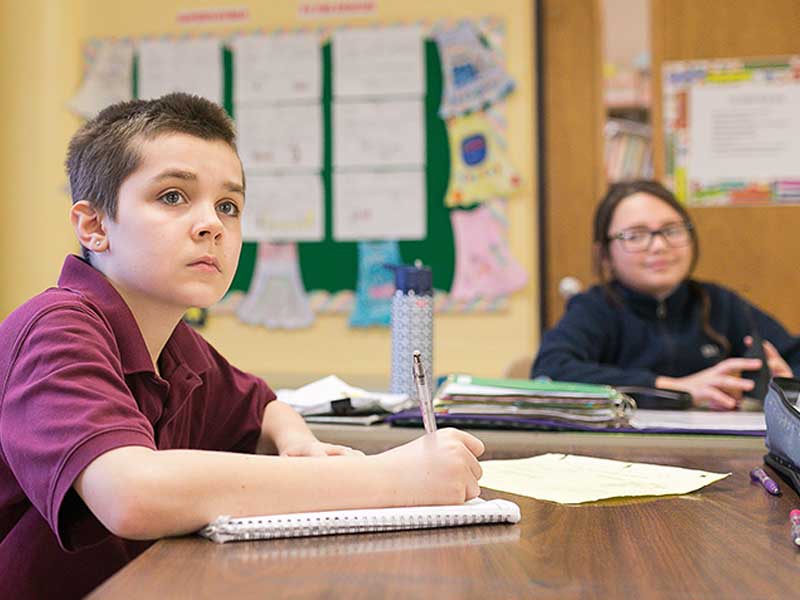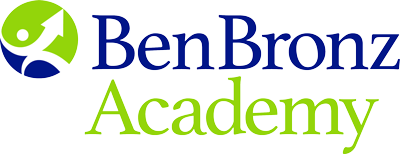The mediator first decides on the rule or principle that is to be developed for that lesson, and then finds examples of its application in daily life experiences and in academic and vocational areas. The classroom instructional sequence has three major steps:
1. Introductory Discussion
The definition of the problems and the specific objectives of the page come from a joint discussion between students and mediator. Through questioning, the mediator makes sure that the students thoroughly understand the instructions, concepts, terms, and vocabulary of the exercises or tasks. The students are oriented toward gaining insight into the nature of the problems and their relevance to themselves. The introductory discussion may start with real world examples that relate to the principles to be developed in the lesson.
2. Independent Work
The mediator moves from student to student, offering individualized assistance and encouragement; reinforcing successful mastery; and preventing frustration or repetition of errors. The mediator may discuss the specific source of an error with one student and have another student verbalize strategies that were successful. The ultimate aim is to develop independence and self-confidence on the part of every student. Students are taught how to check and evaluate their work.
3. Discussion and Development of Insight
When most students have completed their independent work, the class begins a discussion. The mediator and the students explore divergent thought processes and alternative responses. Although many solutions may be viable and correct, the students decide on the most appropriate solution through reflection. The mediator and the students analyze the difficulties that were faced and how those difficulties were overcome. Discussion includes a review of the vocabulary, concepts, and operations used. The principles presented in the introductory phase are developed, elaborated, and applied to daily-life experiences, and related to academic subjects.
The mediator uses questions to enable students to stimulate more discussion, develop greater insight, reinforce the learning, and encourage application of the lessons learned to other situations:
- What strategies did we use to solve these problems?
- Was one strategy more appropriate than another? Why?
- Which tasks were most difficult? Why?
- Think of an example of how what we were doing on the page relates to our daily lives and/or problems related to learning math, science, art or music, etc.
The instructional sequence ends with a summary by the mediator. Summaries include a restatement of the objectives set at the start of the lesson, with students evaluating the degree to which they feel those objectives were achieved. This process helps the students better understand the connection between the objectives and the solutions. Repetition is an important part of instruction. Concepts, principles, and strategies are repeated throughout the program.

A Constant Positive Feedback In Class
Communication, measurement, and focus are key elements of why students tend to rapidly progress at the Academy. The mediators meet together twice a week. They compare notes and are able to adjust classes, curricula, or methods when student progress necessitates greater challenges. Students receive constant feedback on what they’re doing that is helping them learn and what they may be doing that is interfering with their learning.
Precision Teaching
Precision Teaching should probably be called Precision Learning, because its central tenet is ”the learner knows best.” To help our students clearly understand their own learning, the Academy employs Lindsley’s Standard Celeration Chart. With the mediator’s help, students decide on a behavior to improve, pick a point that will show changes in the behavior, then keep a running count of the times they produce that behavior in a set period of time. Students record the count on their own chart, and study whether the results are what they want and need. They can then learn to make changes around the behavior to spur more learning. Read more about the Fundamentals.
Advisee Process
Each student is assigned an individual mediator who advises that student. The advisor maintains at least weekly contact with the student’s parents. Parents know things and see things about their child that we don’t. We may see things and know things that parents don’t realize. The frequent communication keeps the Academy and the parents working together to improve each student’s learning.
At the Academy, students are assigned activities that teach them independent learning. One of our strategies is self-measurement of progress. Students learn how to chart their own progress; as they see their progress they become excited and motivated.
